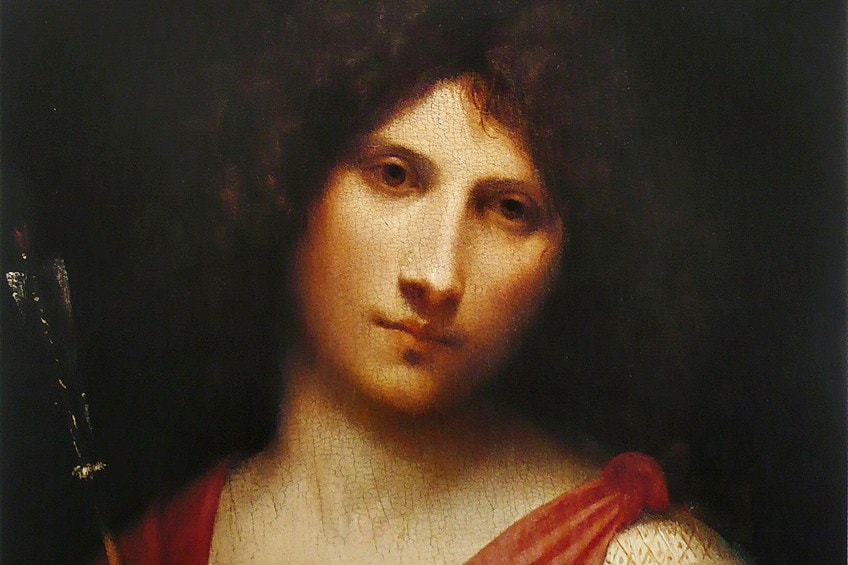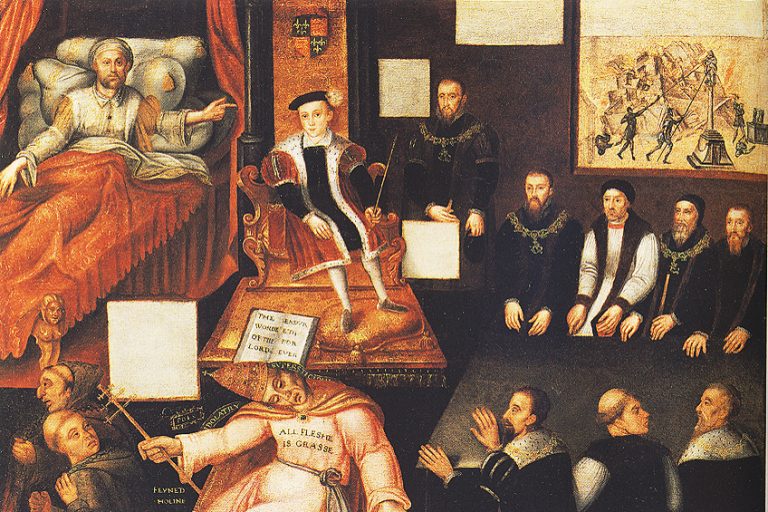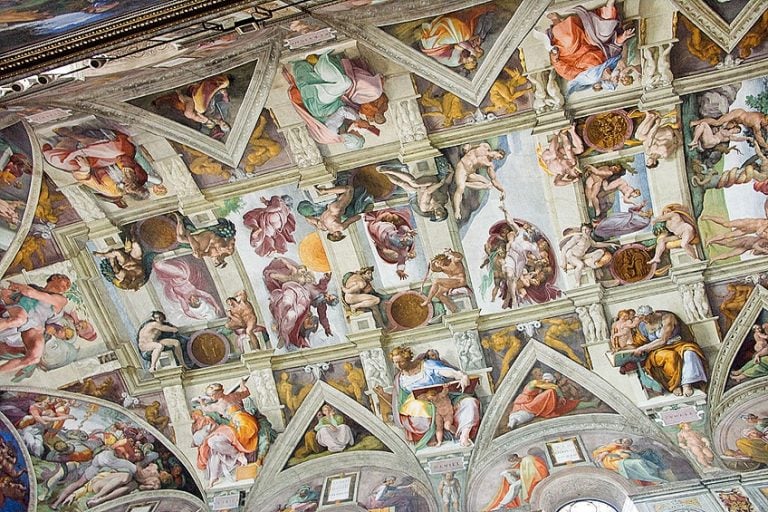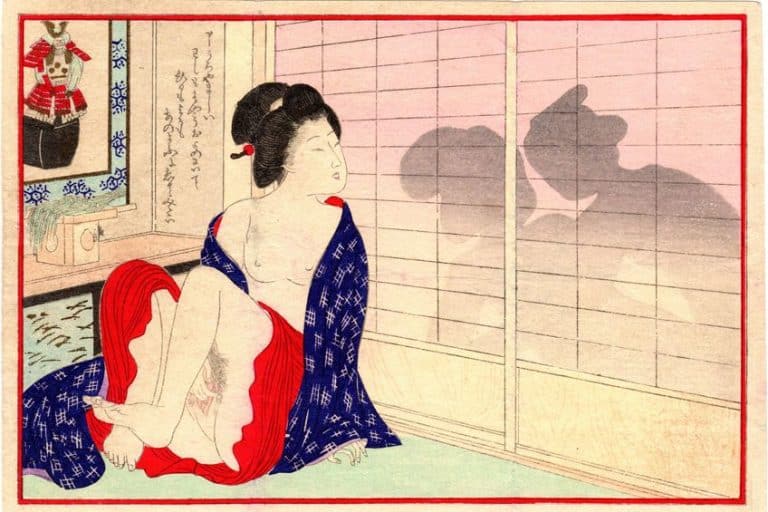Sfumato – The History and Use of the Sfumato Technique
What is sfumato art? A helpful sfumato definition would be: The sfumato technique is a Renaissance art method for easing color transitions and simulating an area other than what the human eye can see, also known as the out-of-focus plane. Based on his expertise in optics and human perception, as well as his experiments with the camera obscura, Leonardo da Vinci was perhaps the most notable developer of sfumato art. He pioneered it and used it in several of his paintings, including the famous sfumato examples: Virgin of the Rocks (1486) and his renowned Mona Lisa (1506) portrait.
Exploring Sfumato Art
Sfumato was defined by Leonardo da Vinci as “without boundaries or limits, in the way of smoke or outside of the focal plane.” According to a few art historians’ widely accepted opinion, the sfumato technique, along with chiaroscuro, cangiante, and unione, was one of four ways of painting colors open to Italian High Renaissance artists.
Sfumato, which means “to disappear like smoke,” included putting numerous thin coats of glazing to produce gentle tonal shifts and gradients between light and shadow, as well as adding subtle shifts to chiaroscuro.

Giorgio Vasari later attributed its origin to two early Renaissance Northern Europeans, Jan van Eyck and Roger van der Weyden, although it was already associated with da Vinci, who perfected the technique. The process demanded considerable skill, as contemporary scientists discovered that the creator’s glazes were often barely a micron thick and consisted of lead white with 1% vermillion added.
Other painters, notably Correggio, Raphael, Fra Bartolommeo, and Giorgione, followed the method, and it also impacted the “Leonardeschi,” the term given to the enormous number of painters who connected with Leonardo da Vinci or participated in his workshop.
Raphael then devised what artistic historians refer to as unione.
To combine the tonal characteristics and gentle shadows of sfumato with his vibrant colors, he utilized subtle color changes to produce mixed edges, as can be seen in his Alba Madonna (c. 1510), which is recognized for its rich color and fluid unity.
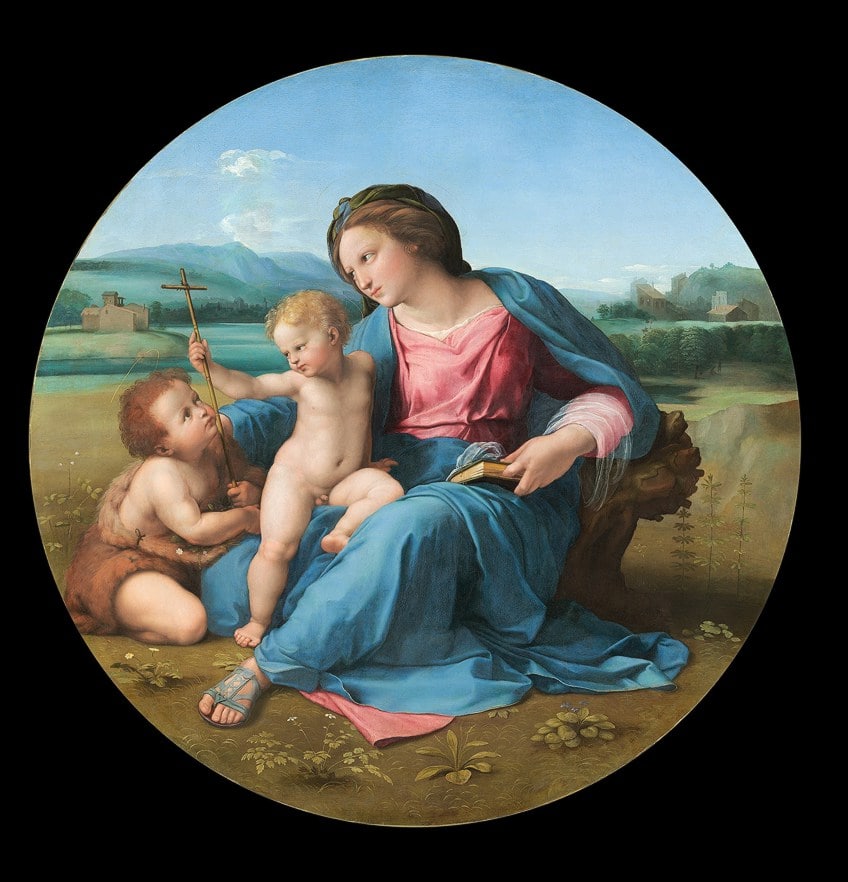
Famous Sfumato Examples
Now that we have covered the sfumato definition and have a better grasp of the sfumato technique, let’s now delve into some famous sfumato examples. These sfumato artworks are renowned for their pioneering utilization of the painting method. We will start with the original pioneer of the technique, Leonardo da Vinci.
Ginevra de’ Benci (1478) by Leonardo da Vinci
| Date Completed | 1478 |
| Medium | Oil on Panel |
| Dimensions | 38 cm x 37 cm |
| Current Location | National Gallery of Art, Washington DC |
Ginevra de’ Benci, a very well-known youthful woman from Florence, is widely assumed to be the model in the image. Leonardo created the picture in Florence between 1474 and 1478, presumably to mark Ginevra’s 16th-year engagement to Luigi di Bernardo Niccolini. It is more likely to memorialize the engagement.
Traditional portraits of females were often produced for one of two reasons: vows or marriage.
Wedding pictures were typically produced in pairs, with the lady on the right facing left and the man on the left looking right; because this image faced right, it is more likely to indicate betrothal. The juniper shrub that encircles Ginevra’s head and occupies most of the background has a purpose other than decoration. The juniper was considered an emblem of feminine virtue in Renaissance Italy, and the Italian term for juniper, ginepro, is also a spin on Ginevra’s name.
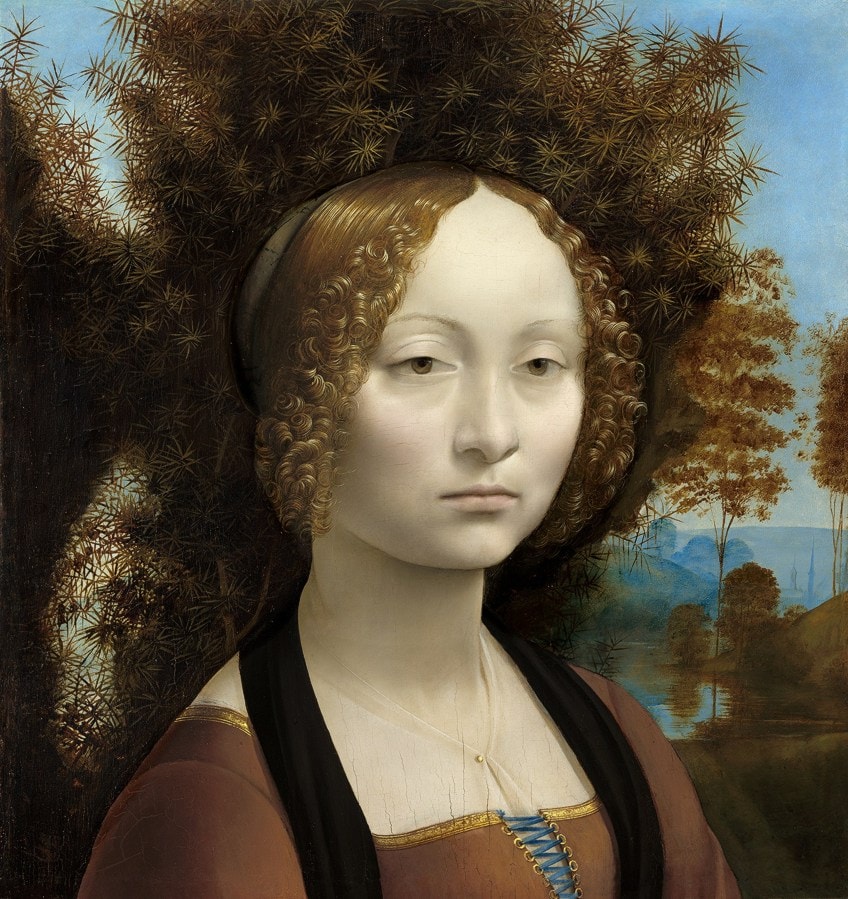
The iconography and words on the back of the panel—a juniper twig surrounded by a garland of laurels and palm, commemorated by the Latin phrase “Beauty compliments virtue”- help to identify the picture. The term is intended to represent Ginevra’s complex link between her intellectual and moral purity on the one hand and her physical attractiveness on the other. Her name is suggested by a juniper twig surrounded by laurel and palm.
Bernardo Bembo, a Venetian envoy to Florence whose platonic connection with Ginevra is documented in poetry sent between them, had the laurel and palm as his personal insignia.
The infrared inspection found Bembo’s motto “Honor and Virtue” beneath Ginevra’s, implying that Bembo was engaged in the portrait’s commissioning. The picture is one of the centerpieces of the National Gallery of Art, and many people like it for its depiction of Ginevra’s disposition. Ginevra is lovely but austere; she doesn’t smile, and her glance, while forward, looks uninterested in the audience.
Virgin of the Rocks (c. 1491-1508) by Leonardo da Vinci
| Date Completed | c. 1491-1508 |
| Medium | Oil on Wood |
| Dimensions | 199 cm x 122 cm |
| Current Location | Louvre Museum, Paris |
The Virgin Mary is seen in this artwork with her right arm outstretched to hug the infant John the Baptist, as her left-hand floats in a benediction motion towards an infant Christ, who is positioned next to the archangel Gabriel. As the four appear to participate with the motions and attitudes of a vibrant sacra conversazione, an effect of warmth is communicated.
The Madonna’s presiding presence unites the four, which is highlighted by the prismatic but delicate color shifts and blended outlines.
Da Vinci exploits his hallmark technique effectively here, blending chiaroscuro with sfumato to produce a three-dimensional environment and lifelike volumetric forms that are imbued with life. Chiaroscuro adds depth and intrigue to the murky grotto in the backdrop and the foggy white countryside on the horizon, while the humans are lighted from the inside, their faces, and hands gently luminous.
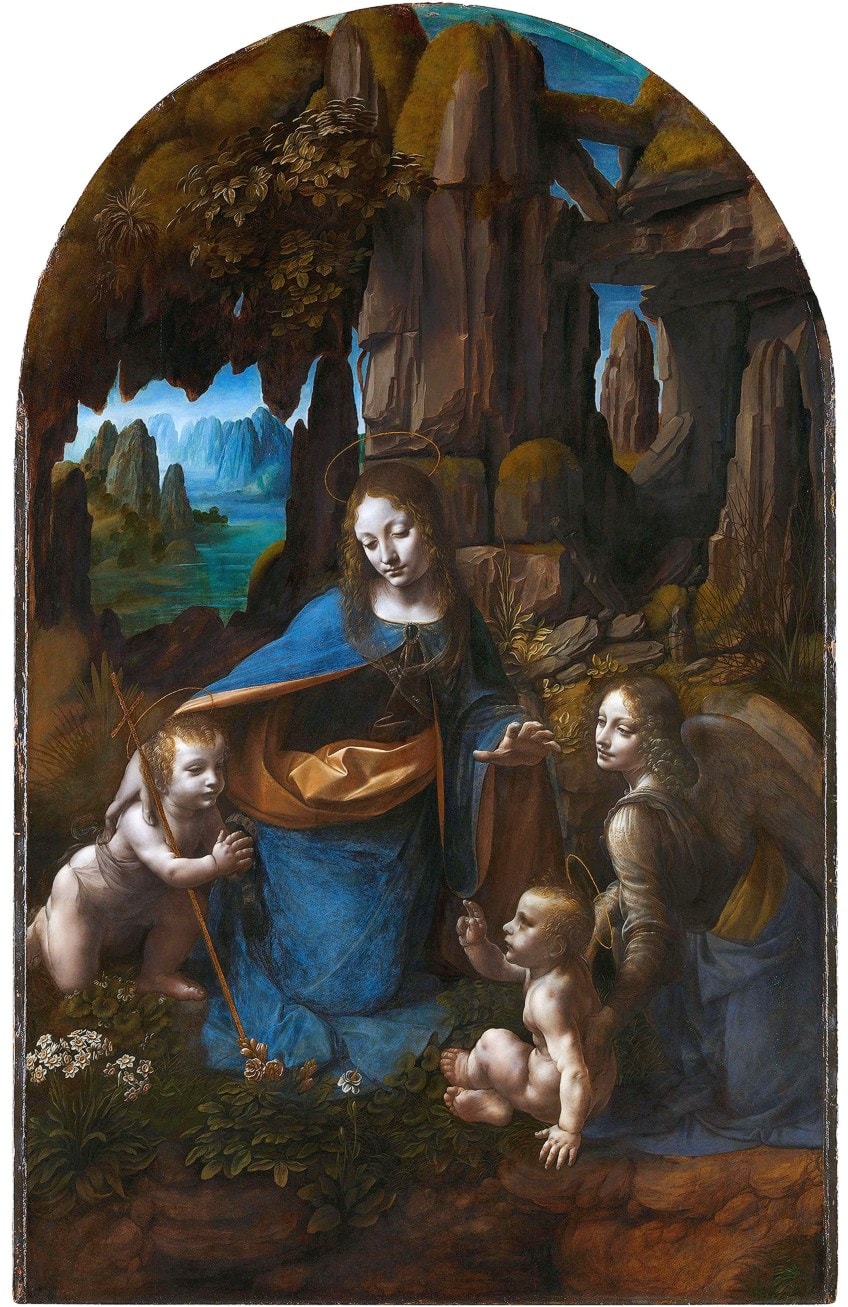
Without the use of customary halos, the artist portrays their sanctity via light, and embodies the surroundings with accurate observation, as shown in the unique species of plants growing at the side of the lake, and anatomical precision, as can be seen in indentations in the Christ toddler’s arms. This artwork was quickly recognized as a masterpiece, and it made Leonardo da Vinci famous.
It served as a template for his peers and succeeding painters, and it impacted the use of chiaroscuro and sfumato across Europe.
Youth Holding an Arrow (1505) by Giorgione
| Date Completed | 1505 |
| Medium | Oil on Canvas |
| Dimensions | 48 cm x 42 cm |
| Current Location | Kunsthistorisches Museum, Vienna |
Giorgione is well-known for his paintings’ delicate lyrical elements. Despite the fact that just around six paintings are securely ascribed to him, he is regarded as an influential Renaissance artist. Giorgione has become one of the most intriguing painters in European history ambiguous elements surrounding the categorization and interpretation of his works. Giorgione’s method used the modified chiaroscuro technique, sfumato.
This technique adjusted color hues to convey perspectives and lighting, providing Giorgione’s art pieces an enchanting brightness of light that enthralled its viewers.
The enigma surrounding the youth carrying an arrow is cloaked in obscurity, and there are various potential interpretations. While the era and creator credit are generally accepted, some scholars are unhappy with the title. Assigning a title has been difficult because the artwork’s subject remains debatable. The figure has been recognized as Eros, St Sebastian, and Apollo from ancient mythology or Christian imagery. According to recent speculation, the boy’s name was Paris, and he grew up to vanquish Achilles with his arrow.
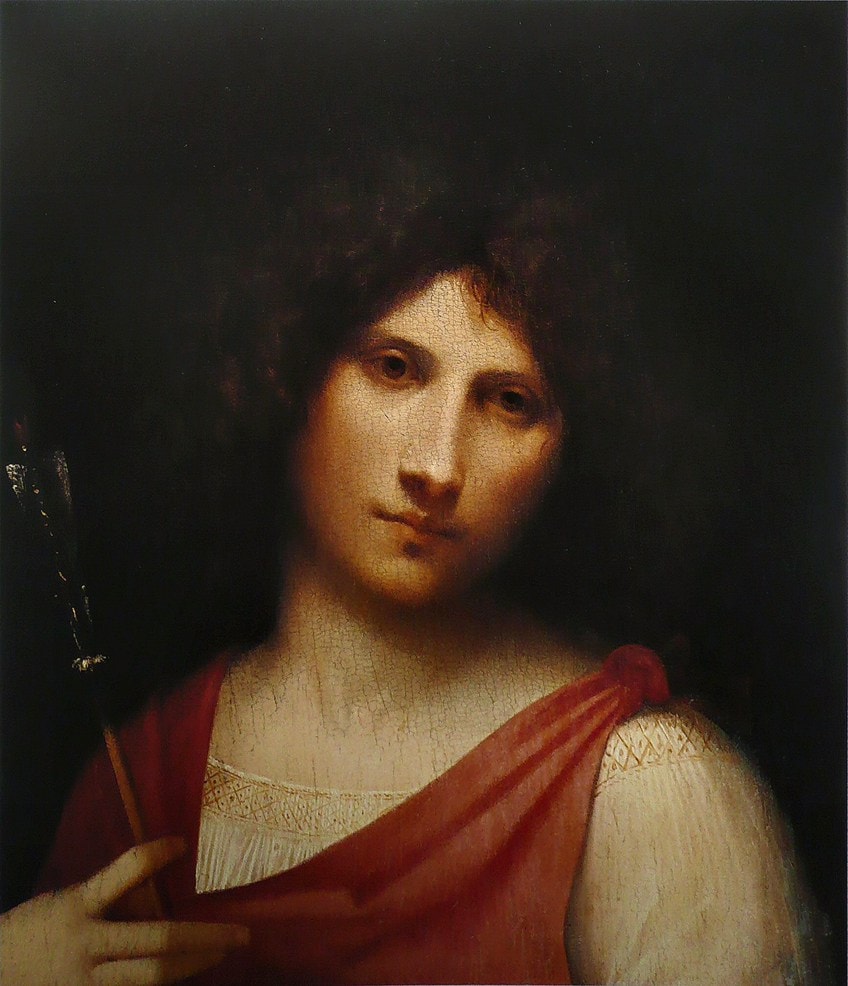
This artwork represents an endearing young guy with his head inclined to the side, his face immovable and subtle indications of peace. His hair is a shoulder-length, wavy, dark brown, and is separated in the middle. Due to the sheer surrounding darkness, its color and texture appear to melt into the environment, while the man’s chiseled features seem to shine.
The modeling and silhouette work together to produce an amazing depiction of the Renaissance gentleman.
The young person is depicted from the shoulders up, clad in a vibrant red robe and white underclothing with exquisite embellishments. He is clutching the back of an arrow, near the feathers, with his right hand. The index and middle fingers of the person are spread widely, producing a broad grasp over the shaft of the arrow. These characteristics lead one to believe the individual is Saint Sebastian. The man is the same as the teenager in Garzone with the flute and David with the Head of Goliath, both of which Giorgione made.
Girl with a Pearl Earring (c. 1665) by Johannes Vermeer
| Date Completed | c. 1665 |
| Medium | Oil on Canvas |
| Dimensions | 44 cm x 39 cm |
| Current Location | Mauritshuis, Amsterdam |
This iconic image features a young lady standing in front of a dark background, her eyes bright and her mouth wide, as if she is ready to speak or has halted in mid-speech. She is dressed in beautiful fabric, her clothing soft with contrasted shadows and pops of color, and she is wearing an unusual blue headdress with a huge pearl hanging from her ear. This piece, considered legendary during the Dutch Golden Age, illustrated Vermeer’s status as the “Master of Light” because of his command of chiaroscuro.
The gentle shadows that bathe the left half of her torso and her turned face are nuanced and varied, as sfumato modulates chiaroscuro here.
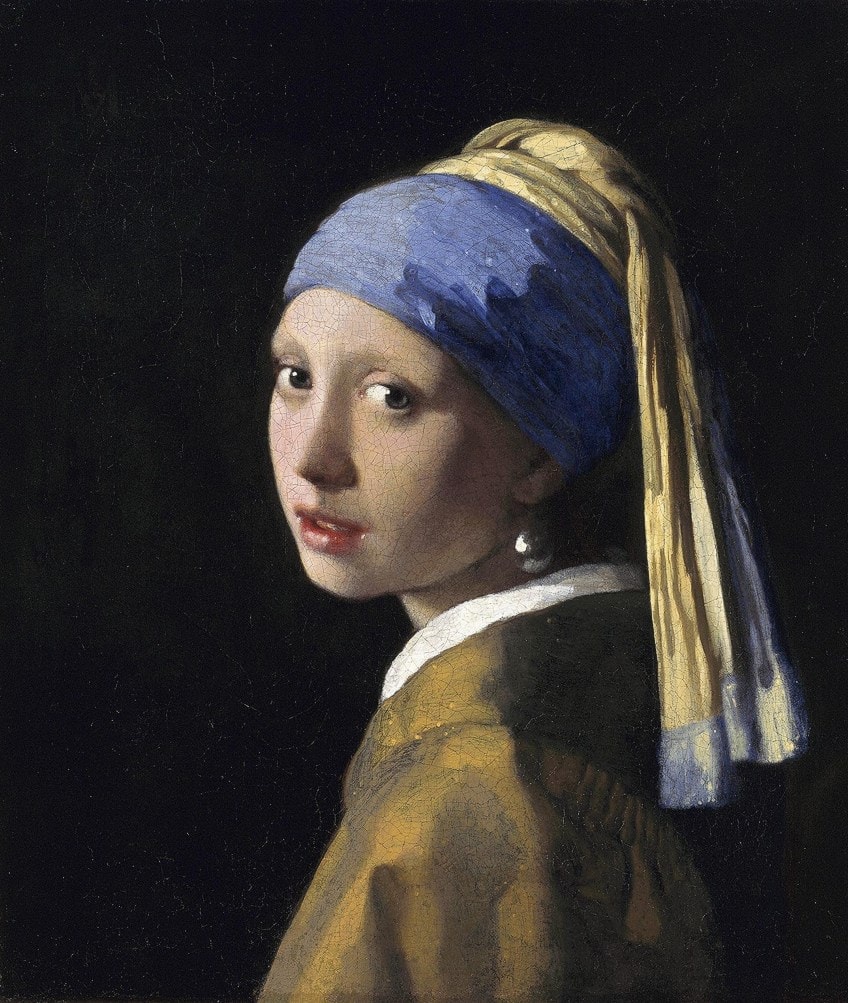
Vermeer created the delicate changes of skin tone, the pink and white accents on her lips, and her sparkling gaze using extremely thin layers of sometimes nearly translucent paint brushed with a brush of fine badger hair. The simplicity of her headdress and outfit draws emphasis to her face, which is sculpted with excellent precision yet is mysterious with emotion.
While the picture was a tronie, a prominent genre at the time that depicted a figure dressed in foreign clothing, it was also confusing, as her turban did not resemble any recognized Dutch or Orienta trend at the time. It’s also possible that the pearl, which is enormous, is composed of tin. The painting’s brilliant beauty and mystery have captivated scholars and the public at large far into the 21st century.
That concludes our exploration of the sfumato technique. Closely connected to chiaroscuro, it took the concept of blending to an even finer degree. We hope this article and the mentioned sfumato examples have given you a deeper understanding of sfumato art.
Take a look at our sfumato technique webstory here!
Frequently Asked Questions
What Is Sfumato Art?
This is another term that comes from the Italian language. The term comes from the verb fumare meaning to smoke. A sfumato artwork is one that lacks sharp or harsh contours. Artists utilize sfumato to create a hazy, atmospheric look in their paintings by meticulously blurring and mixing. This is sometimes done using a dry brush method and on other occasions with meticulous blurring or mixing of brushstrokes with a fingertip, a cloth, or another brush.
Where Did Sfumato Originate?
Until the Italian Renaissance, clear sections of outline outlining the shapes were extremely popular in art. Renaissance artist Leonardo da Vinci threw a wrench in the works. With his renowned portrait Mona Lisa (1503), he demonstrated an excellent illustration of a different approach. When juxtaposed to the previous sharp approach, the sfumato method stands out even more, as da Vinci’s face takes on a fuzzy, dreamlike look. There are no distinct lines here, only subtle shading to provide a shift between different tones.
Isabella studied at the University of Cape Town in South Africa and graduated with a Bachelor of Arts majoring in English Literature & Language and Psychology. Throughout her undergraduate years, she took Art History as an additional subject and absolutely loved it. Building on from her art history knowledge that began in high school, art has always been a particular area of fascination for her. From learning about artworks previously unknown to her, or sharpening her existing understanding of specific works, the ability to continue learning within this interesting sphere excites her greatly.
Her focal points of interest in art history encompass profiling specific artists and art movements, as it is these areas where she is able to really dig deep into the rich narrative of the art world. Additionally, she particularly enjoys exploring the different artistic styles of the 20th century, as well as the important impact that female artists have had on the development of art history.
Learn more about Isabella Meyer and the Art in Context Team.
Cite this Article
Isabella, Meyer, “Sfumato – The History and Use of the Sfumato Technique.” Art in Context. April 20, 2022. URL: https://artincontext.org/sfumato/
Meyer, I. (2022, 20 April). Sfumato – The History and Use of the Sfumato Technique. Art in Context. https://artincontext.org/sfumato/
Meyer, Isabella. “Sfumato – The History and Use of the Sfumato Technique.” Art in Context, April 20, 2022. https://artincontext.org/sfumato/.


